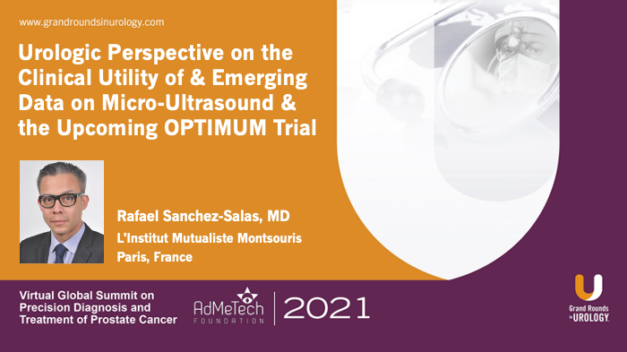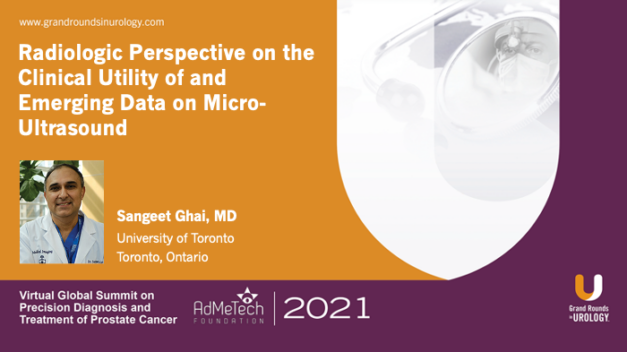Urologic Perspective on the Clinical Utility of and Emerging Data on Micro-Ultrasound
In part 2 of a 2-part series on micro-ultrasound for prostate cancer imaging, Rafael Sanchez-Salas, MD, Associate Professor of Urology at McGill University in Montreal, Quebec, reviews data on micro-ultrasound (microUS) from a urologic perspective, comparing it to MRI in order to evaluate its clinical utility. He explains that there is more and more data suggesting microUS’s superiority to multiparametric (mp)MRI in screening and the benefits of using it in addition to MRI in clinically significant prostate cancer (csPCa). Dr. Sanchez-Salas discusses microUS’s comparable detection rates to mpMRI as shown by a balanced forest plot with ratios ranging between .94 and 1.05 and its ability to help 23% of patients avoid biopsy with no cases of missed csPCa. He then looks at a study testing a proposed protocol for assessing risk based on microUS which showed a much higher sensitivity than mpMRI in microUS of 87.5% vs. 55-61% but lower specificity of 80% vs. 87-88%. Dr. Sanchez-Salas states that there are still several questions to be answered about microUS’s utility on its own, during active surveillance, for focal therapy, and for bladder cancer staging. He concludes with a discussion of the OPTIMUM trial, which will conclude in spring of 2023 and which is meant to provide level-1 evidence regarding the use of microUS in prostate biopsy.
Read More


